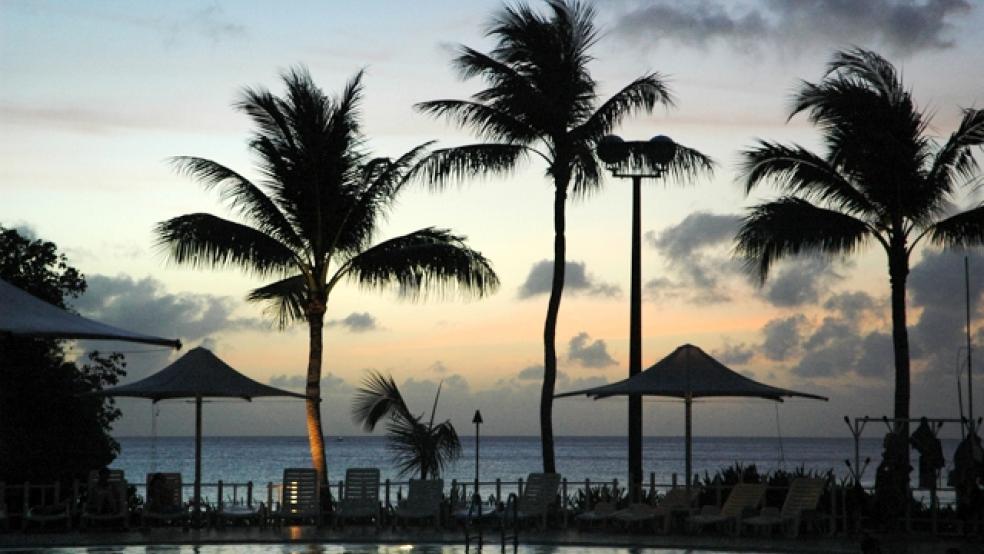Hours after President Donald Trump threatened North Korea with fire and fury like the world has never known, Pyongyang announced it is "examining the operational plan" to attack Guam, a tiny U.S. territory located in the Pacific.
This, and the news that North Korea has successfully made a miniaturized nuclear warhead puts the tiny island in the middle of a quickly escalating dispute between the United States and North Korea. The strip of land is about the size of Chicago and is just 4 miles wide at its narrowest point. It’s also the closest U.S. territory to North Korea, about 2,220 miles southeast of it.
Despite its size, it plays an outsized role in U.S. military strategy in the Pacific. Here’s what you need to know about it.
Related: China Urges Calm Over North Korea
It’s been a U.S. territory since 1898. It has the status of Puerto Rico, which the United States from Spain in the Spanish-American War. During World War II, Japan seized Guam for about two-and-a-half years, but after the war was won, U.S. Congress again made it a U.S. territory.
The island has limited self-government, an elected governor, and is a non-voting member of the House of Representatives. Residents are U.S. citizens but do not pay income tax or vote in the general election for president. About 160,000 people are native to live on the island.
It has a long, storied military history. The island has a Naval base and Coast Guard station in the south, and an Air Force base in the north, known as Joint Region Marianas. There are around 6,000 military personnel on Guam, but that number is set to nearly double when 5,000 Marines are relocated from Japan to the island as part of a $20 billion DOD investment in the island. About 30 percent of it is controlled by U.S. armed forces, including the Anderson Air Force Base, which hosts B52 bombers and fighter jets. U.S. commanders refer to Guam as a “permanent aircraft carrier.”
Related: France Calls on All Sides to De-Escalate North Korea Situation
Guam is also the home port for nuclear submarines and a contingent of Special Operations Forces. It is often the launching point for flights over the Korean peninsula and Japan. It also hosts a terminal high-altitude area defense missile defense (THADD) battery, which targets ballistic missiles like the ones North Korea tested last month.
This isn’t the first time it has been threatened by North Korea. In 2013, Kim Jong Un ordered his military to prepare plans to attack U.S. bases in Guam, Hawaii, South Korea, and the continental United States. But because of Guam’s proximity to North Korea, the threat against it is much more real.
“Every time there is some saber rattling in the part of the world, Guam is always part of the occasion,” Robert A. Underwood, the president of the University of Guam and the island’s former delegate to the House of Representatives, told the Washington Post. “When you’re from Guam and live on Guam, it’s disconcerting, but not unusual.”





